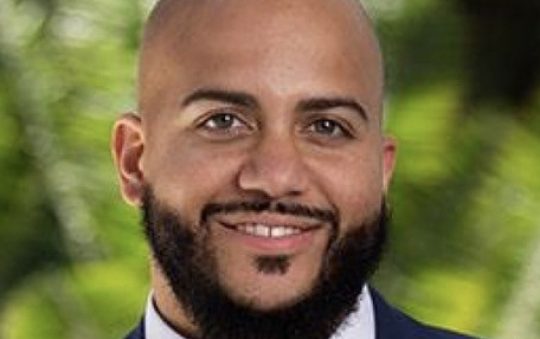Assemblymembers Autumn Burke, Shirley Weber and Mike Gipson authored AB2635. !!Yay!! They’re greaat!! Every law contains the enacting clause: “The people of the State of California do enact as follows.” “Drafted bill returns to the legislator for introduction. When the author/s wish to introduce the bill, author/s deliver it to the Chief Clerk or Secretary who gives the bill a number.” There is a second reading, A bill’s first reading is when the clerk reads the bill number, the name of the author/s, with descriptive title of the bill. Despite what the term might indicate, the entire text of the bill is not read on the floor.” “The bill’s number, the date of its introduction and first reading, the committee to which it is referred, the dates it is sent to and received from the printer, as well as any other clerical notations made necessary by a deviation from the ordinary procedure, are shown on the bill cover.” The bill then goes to the Senate or Assembly Rules Committee—assigned to the appropriate policy committee for first hearing. Bills are assigned according to subject area. During the hearing the author presents the bill, people testify in support or opposition of the bill, and the committee acts on the bill. The committee can pass the bill; pass as amended, or defeat the bill.” “Bills passed by committees are read a second time in the house of origin and then placed in the Daily File for a third reading.” When a bill is read the third time, it’s explained by the author, discussed by the members, voted on by a rollcall vote. Bills requiring money take effect immediately and require 27 votes in the Senate and 54 votes in the Assembly.” The bill goes to the Governor. The Governor has three choices: sign the bill into law; allow it to become law without signature, or veto it. Normally, the Governor has 12 days after receiving a bill to decide to sign or veto it, or a bill will become law automatically without his or her signature.” When the Governor approves a bill, he or she signs it, dates it; deposits with Secretary of State.” This is a sketch on the “Life Cycle of A Bill;” an overview. Here’s another subject: The hope to move our children away from “crib to prison;” Education can bankrupt the prison system! We can do it! People of color: about 30 percent of US population; 60 percent imprisoned. Prison population grew by 700 percent from 1970 to 2005, outpacing crime and population rates. Center for American Progress. By Sophia Kerby, Special Assistant for Progress 2050 at American Progress. Posted on March 13, 2012, Next week: System of arrests and imprisonment. [Teach the Children. Jeanette Grattan Parker, Superintendent/Founder Today’s Fresh Start Charter School www.todaysfreshstart.org Will You Marry Me? Inquiring Minds Want To Know Copyright. All rights reserved. [email protected]
Breaking News
- LACMA Showcases ‘Imagining Black Diasporas: 21st-Century Art and Poetics’ Exhibit
- Sheenway School and Culture Center — Educating Youth to Lead the Future Over 50 Years
- Record-Breaking Hate Crimes Against Black Angelenos on the Rise
- Los Angeles Rams and LAPD Spread Holiday Cheer with Annual Sleigh Ride
- Heather Hutt Sworn-in as Councilwoman for L.A.’s 10th District
- Visit Baldwin Hills Crenshaw Plaza for Holiday Photos with Santa
- Homeless and Their Advocates Speak Out in New Film, ‘WE, the Vulnerable of LA’
- The Congressman Wore Sneakers: An Evening With Hakeem Jeffries
- Brotherhood Crusade Honors SEIU President April Verrett at 2024 Pioneer of African American Achievement Award Dinner
- Community in Shock and Disbelief Over Allegations Regarding Deputy Mayor Brian K. Williams
- Dashing & Dazzling Damon Wayans Jr. is Perfect Boyfriend in ‘Shrinking’
- Lakers Guard Max Christie Continues to Step Up
- Chargers Thwart Divisional Foe on Thursday Night

April 26, 2018





